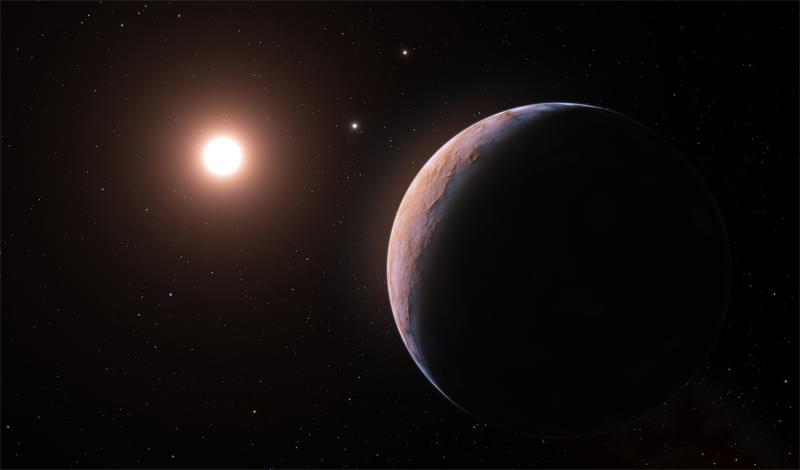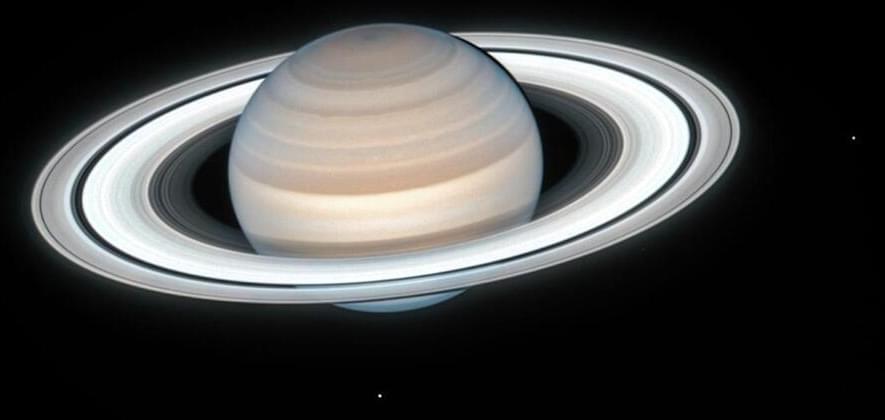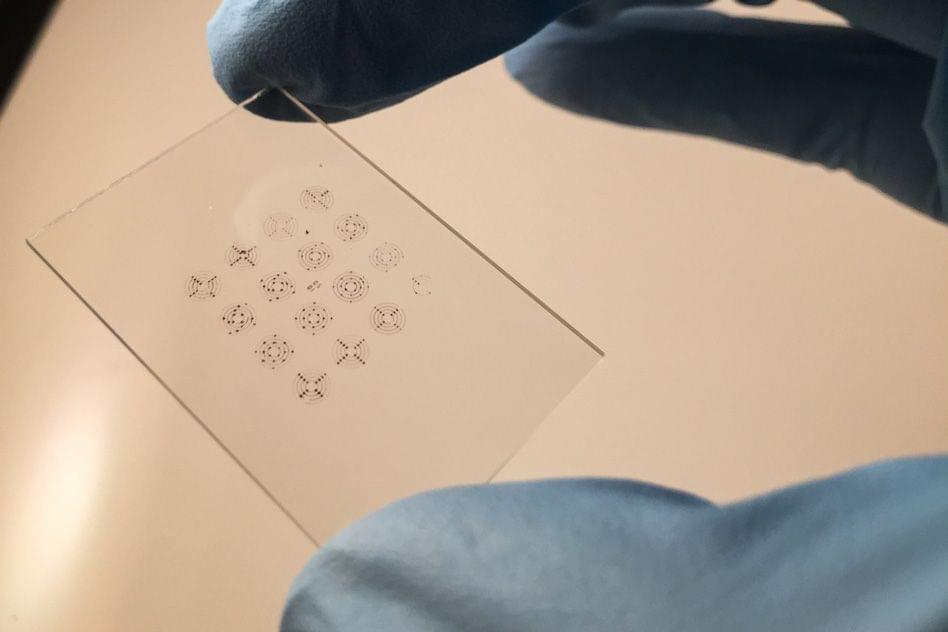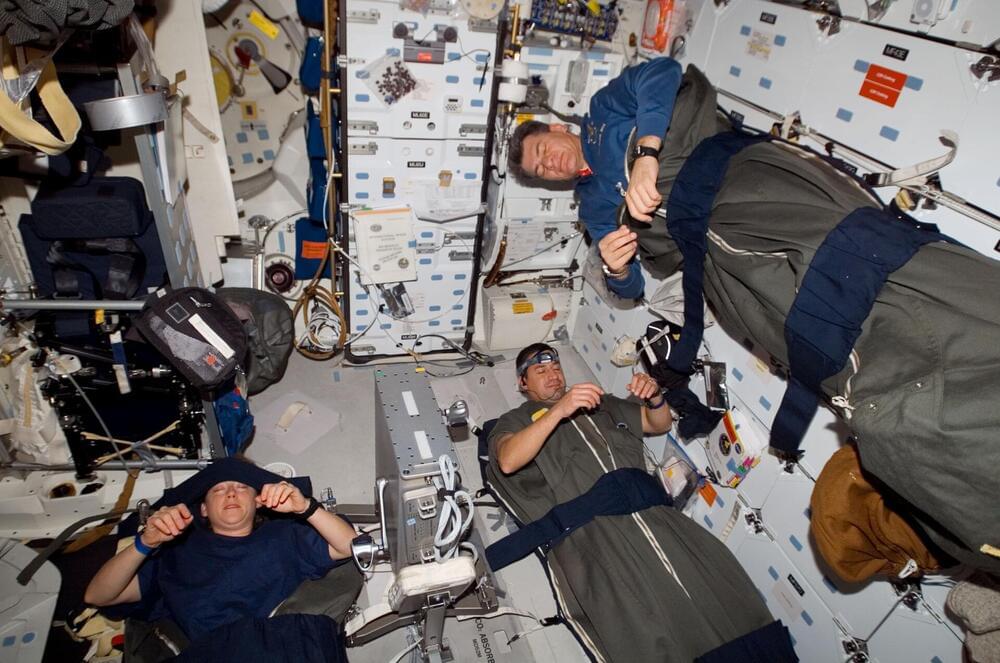
A team of astronomers using the European Southern Observatory’s Very Large Telescope (ESO’s VLT) in Chile have found evidence of another planet orbiting Proxima Centauri, the closest star to our Solar System. This candidate planet is the third detected in the system and the lightest yet discovered orbiting this star. At just a quarter of Earth’s mass, the planet is also one of the lightest exoplanets ever found.
“The discovery shows that our closest stellar neighbour seems to be packed with interesting new worlds, within reach of further study and future exploration,” said João Faria, a researcher at the Institute of Astrophysics and Space Sciences, Portugal, lead author of a study published today in Astronomy and Astrophysics. Proxima Centauri is a small, M-class star, lying just 4.2 light years away.
The newly discovered planet, named Proxima d, orbits Proxima Centauri at a distance of about four million kilometres, less than a tenth of Mercury’s distance from the Sun. It lies between the star and the habitable zone – the band where liquid water can exist at the surface of a planet – and takes just five days to complete one orbit around its star.

















